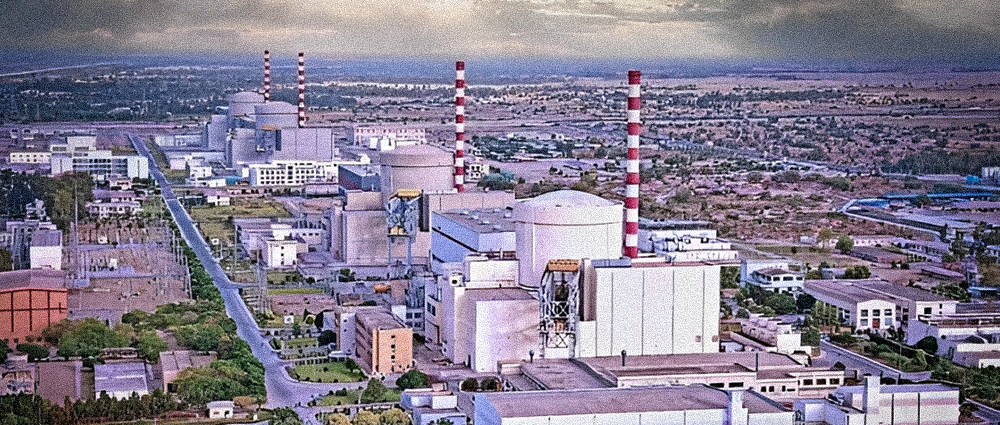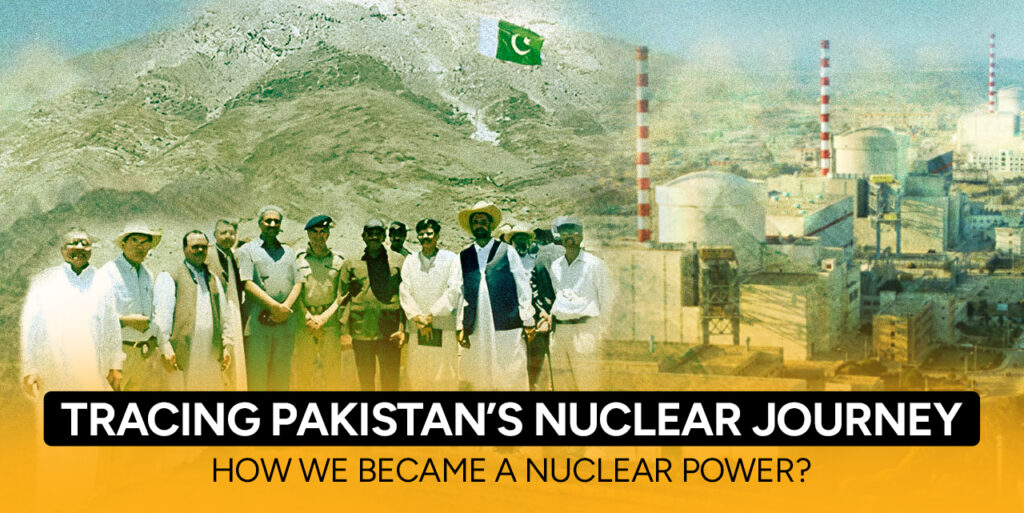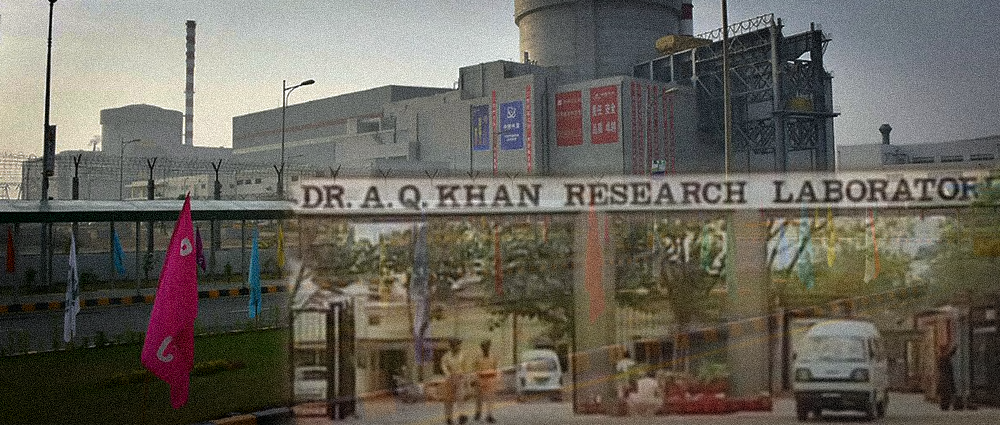May 28, 1998 – a day every Pakistani remembers with pride. On this day, Pakistan officially became the world’s seventh nuclear power and the first Muslim country to develop nuclear weapons. We call it Youm-e-Takbeer (The Day of Greatness).
But this moment didn’t happen overnight. It was the result of years of struggle, scientific brilliance, and strategic planning. Let’s go back in time and recount the journey that led Pakistan to become a nuclear state.
It All Started After the 1971 War
The turning point for the Pakistani people came after the 1971 war and the painful separation of East Pakistan (now called Bangladesh). It was a moment for serious thought for the country. Our leaders realized that conventional weapons weren’t enough to defend our sovereignty.
That’s when Prime Minister Zulfikar Ali Bhutto made his famous declaration:
“We (Pakistan) will eat grass, even go hungry, but we will get our own (atomic bomb).”
And with that, Pakistan began its nuclear journey.
Building the Foundation with the World Watching Closely
Pakistan started scaling operations in its nuclear research through the Pakistan Atomic Energy Commission (PAEC). Things started moving faster when Dr. Abdul Qadeer Khan, a brilliant nuclear scientist, returned to Pakistan in the mid-70s and set up the Kahuta Research Laboratories.
But of course, the world took notice. The West imposed sanctions, blockades, and diplomatic pressure, all aimed at stopping Pakistan. Still, the country didn’t back down. Our scientists and leadership were determined to move forward.
The Catalyst: India’s Nuclear Tests
In 1974, India conducted its first nuclear test, code-named “Smiling Buddha”, that shook things up in South Asia. Pakistan had to respond, but we waited and kept working quietly behind the scenes.
Then, in May 1998, India tested its nukes again, this time with Pokhran-II. The threat was real, and Pakistan had to act fast.
Just 17 days later, The Day for Pakistan came:
On May 28, 1998, Pakistan conducted five nuclear tests in the Chagai Hills of Balochistan. A sixth test followed soon after.
The mountains glowed white-hot, but the nation stood proud.
What Role did the Intelligence Play Behind the Scenes?
This wasn’t just a scientific mission, it was a highly sensitive national operation. Pakistan’s military and intelligence agencies were deeply involved. They kept research facilities safe, fended off sabotage attempts, and handled everything with extreme secrecy.
There were even last-minute attempts to disrupt the tests, like the PIA Flight 544 hijacking, which many believe was a foreign ploy to delay the tests. But our forces acted quickly and made sure nothing stood in the way.
The Scientists: Real Heroes in Lab Coats
Names like Dr. Abdul Qadeer Khan and Dr. Samar Mubarakmand are etched in our history. But they were joined by countless engineers, technicians, and researchers who worked under constant pressure, limited resources, and the shadow of global sanctions.
Without them, the dream of a nuclear Pakistan would never have become a reality.
Youm-e-Takbeer: A Day of Glory
Every year on May 28, we celebrate Youm-e-Takbeer, not to glorify weapons, but to honor our national resilience, scientific progress, and unity.
This day is a symbol of peace through prevention and control in a tense region. The sacrifices made for Pakistan and its citizens’ safety. The vision of leaders who planned ahead and acted wisely when the time came.

From Setback to Strength in One Go
Pakistan’s nuclear journey is a story of rising after a fall. From the heartbreaking events of 1971 to the powerful declaration of 1998, we’ve come a long way. It shows what a nation can achieve when it stands united with a purpose.
As we remember Youm-e-Takbeer, let’s salute the scientists, soldiers, and leaders who made this journey possible. Pakistan’s nuclear strength isn’t just about weapons, it’s about protecting peace, preserving our independence, and standing tall in the world. Want to know more about how we were deterred from testing our strength and how our enemies tried till the last moment to delay or stop our success? Watch Flight 544, a documentary film by Rava about the hijacking of a PIA flight, right before the nuclear tests.



